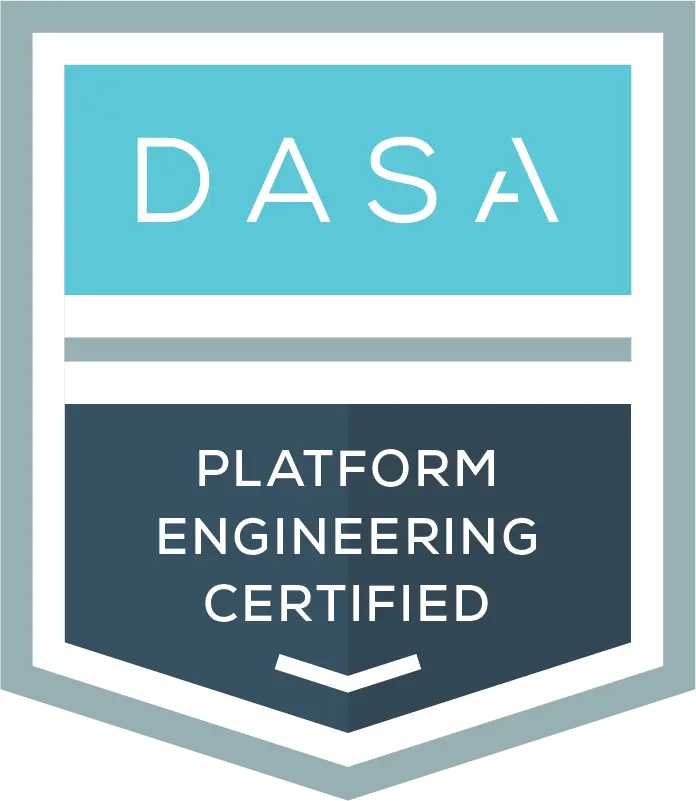It’s a philosophy where the customer’s needs, preferences, and satisfaction are the driving force behind every decision in the product’s lifecycle. The goal is to create a product that not only meets but exceeds customer expectations, leading to long-term loyalty and success.
Core Characteristics of Customer Centricity
Empathy
This means genuinely understanding your customers’ perspective. You need to step into their shoes and consider:
- Needs: What problems are they trying to solve?
- Pain Points: What frustrations or obstacles do they face?
- Workflows: How do they currently work, and how can your product seamlessly fit into their existing processes?
Continuous Feedback
It’s not enough to just guess what customers want. You need to actively seek their input throughout the product’s development and beyond. This can be done through:
- Surveys: Asking targeted questions to gather specific feedback.
- User Testing: Observing how customers interact with your product and identifying pain points.
- Feedback Forms: Providing an easy way for customers to share their thoughts and suggestions.
- Social Media Monitoring: Keeping tabs on what customers are saying about your product online.
Focus on Usability
The best product in the world won’t succeed if it’s too difficult or confusing to use. Prioritize:
- Intuitive Design: Make your product easy to navigate and understand.
- User-Friendly Interfaces: Create interfaces that are visually appealing and simple to interact with.
- Clear Instructions: Provide helpful guidance and documentation to assist users in getting the most out of your product.
Why Customer Centricity Matters
- Increased Customer Satisfaction: When customers feel heard and understood, they’re more likely to be happy with your product and recommend it to others.
- Improved Product Adoption: A product that’s easy to use and addresses customer needs is more likely to be adopted and used regularly.
- Enhanced Brand Loyalty: Customers who have a positive experience are more likely to stick with your brand and become repeat buyers.
- Competitive Advantage: By truly understanding your customers, you can create products that stand out from the competition and offer unique value.


DASA Platform Engineering
DASA Platform Engineering certification program ensures all stakeholders become champions of Platform Engineering, clearly articulating its value. It enables teams to align the platform vision with organizational goals, treat the platform as a product, design an optimal developer experience, and maintain customer-centricity.


